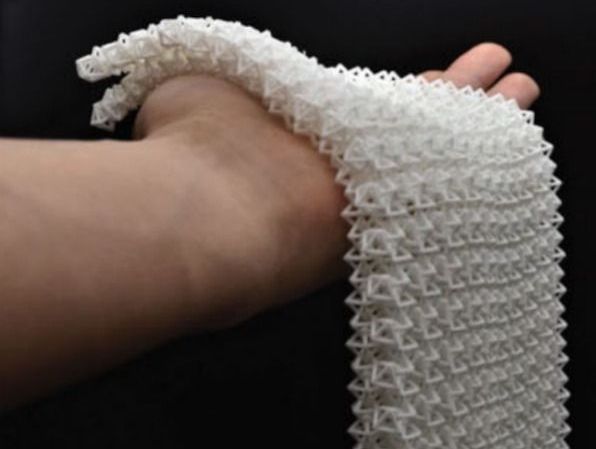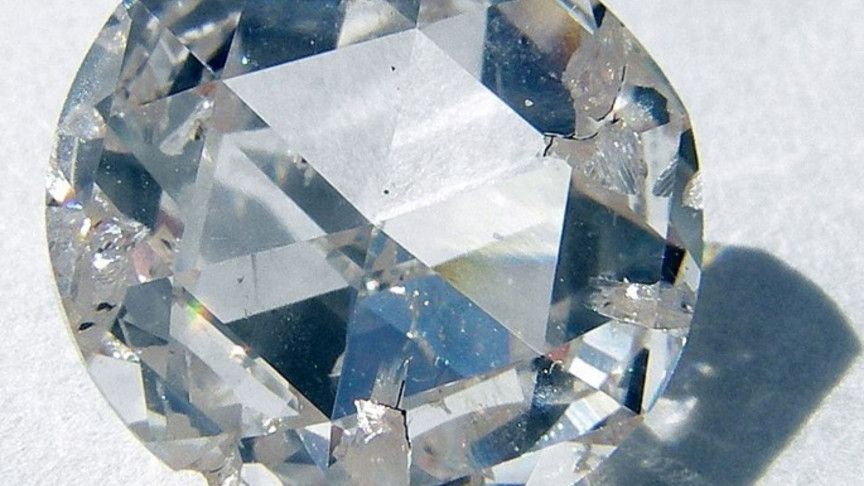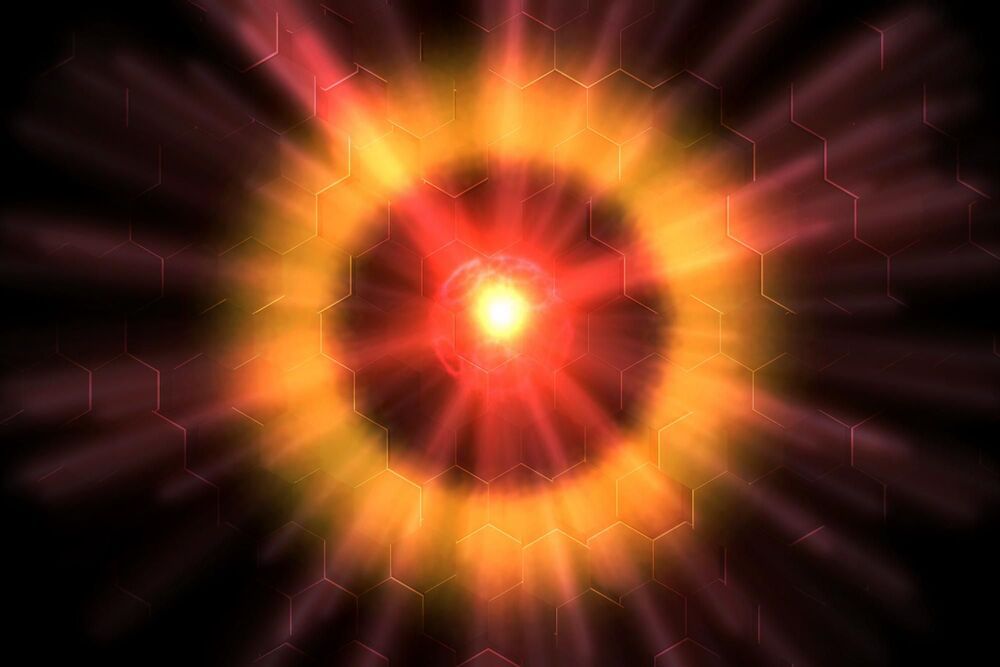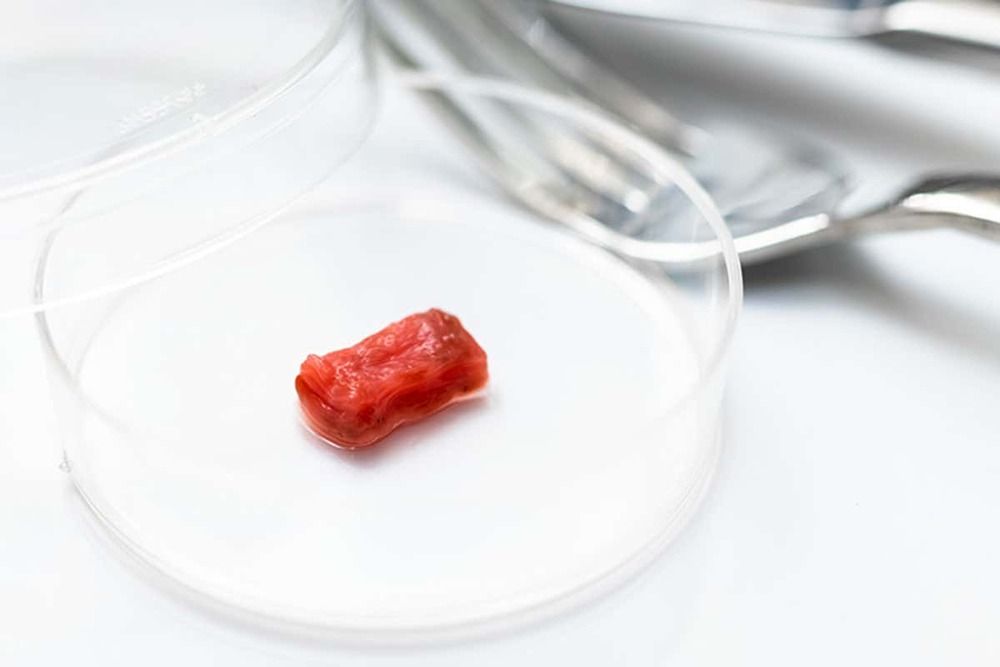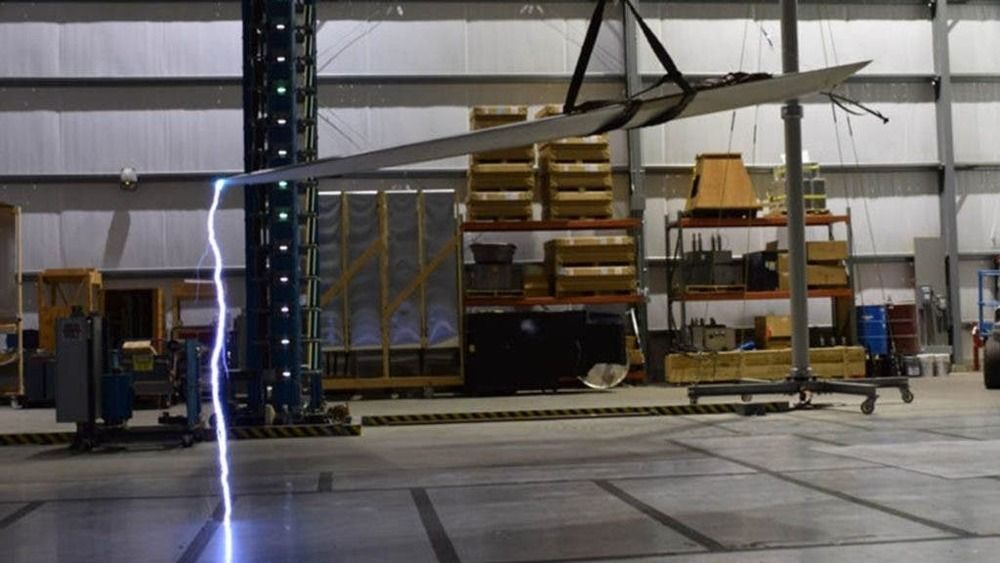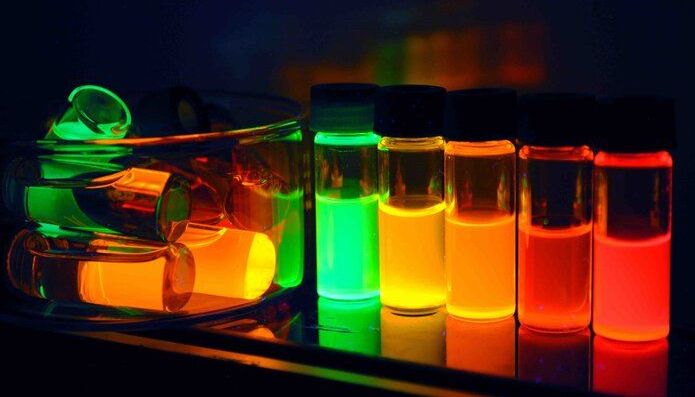Researchers in Singapore and at CalTech have developed a 3D printed fabric with an interesting property: it is generally flexible but can stiffen on demand. You can see a video about the new fabric, below.
The material consists of nylon octahedrons interlocked. The cloth is enclosed in a plastic envelope and vacuum-packed. Once in a vacuum, the sheet becomes much stiffer and can hold many times its own weight.
Presumably, the idea would be to allow the material to flex in the plastic envelope until there was a need for the increased rigidity, and then remove the air. Of course, there are a lot of practical problems with that. If the envelope is no longer air tight, for example, the operation will fail. It is also hard to rapidly remove the air from the bag to make, say, something like Batman’s cape which was a comparison the researchers drew.
